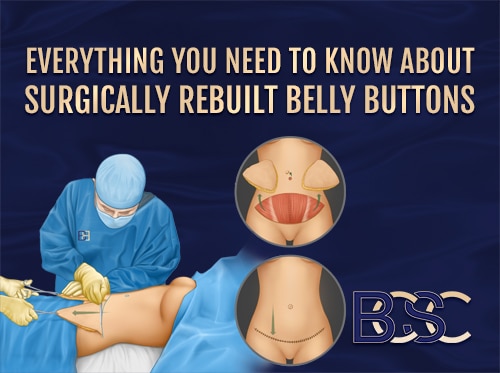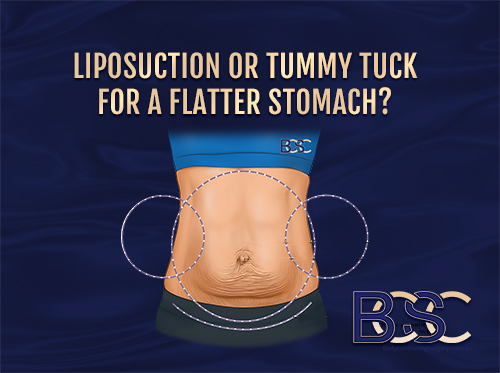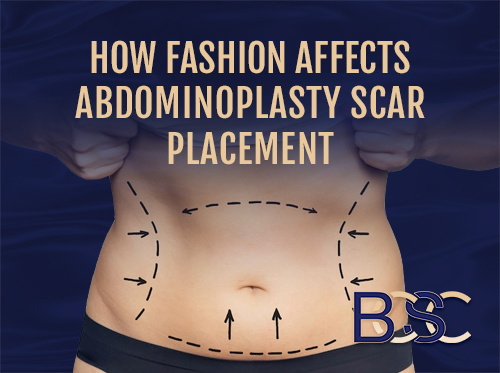7 Rules for How to Reduce Swelling After Tummy Tuck Surgery
After undergoing ** surgeries like a tummy tuck, it’s quite common for patients to experience swelling. The swelling doesn’t only affect the incision area; it prevails in the entire abdomen. Furthermore, if liposuction is part of the procedure, the abdominal region may also experience swelling.
Post-surgery swelling can be ** and might leave you feeling bloated. However, here are some ways to reduce swelling after a tummy tuck procedure, these include:
- Getting enough rest
- Incorporate light movement
- Cut back on Sodium
- Use of compression garments
- Following a healthy diet and staying hydrated
- Take prescribed medication
- Lymphatic massage
Swelling persists during the first few weeks after the operation. This is a delicate healing time for the wound. You can expect around 60% reduction in swelling at three months, followed by a further decrease of approximately 80% at 6 months. The remaining swelling will gradually reduce and dissipate between 12 to 18 months post-surgery.
Most of the swelling will be in the lower abdomen. If you wish to reduce the swelling, here are the dos and don’ts after tummy tuck surgery.
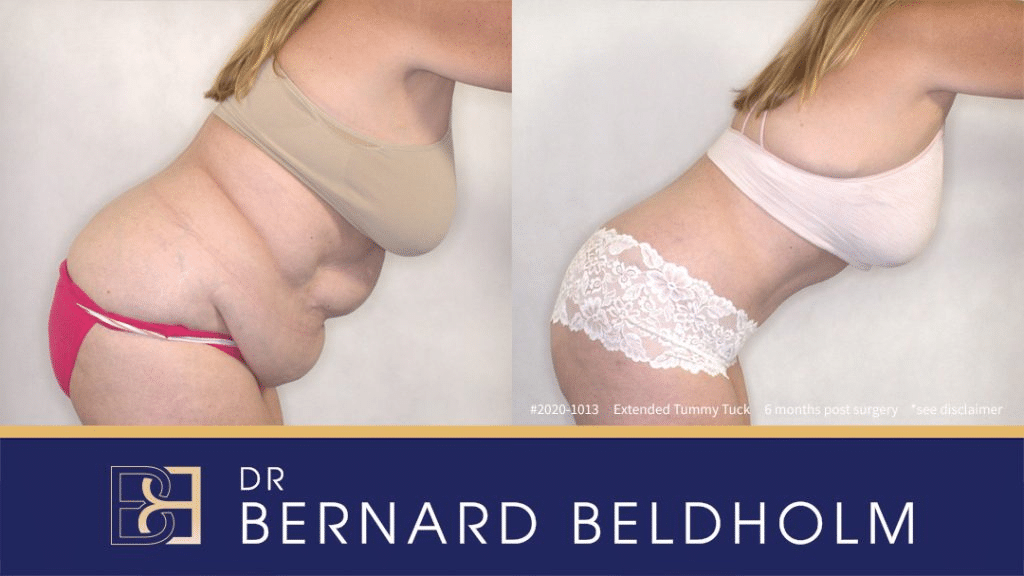
Disclaimer: Operation performed by Dr Bernard Beldholm. Adult content, surgery has risks; individual results vary, seek 2nd opinion. Please see the full disclaimer.
Why Does Swelling Occur After an Abdominoplasty (Tummy Tuck)?
Swelling is common during the healing process. It is a natural response as the body begins its journey towards tummy tuck recovery process. Here are some reasons behind tummy tuck surgery swelling:
- Normal swelling after trauma/Surgery: Post-surgery, the body initiates its healing mechanisms, starting with the inflammatory phase. During this phase, the body dispatches specialized cells to repair the damaged area. As these cells converge on the site, swelling ensues. This initial swelling indicates that your body is actively engaged in the healing process.
- Bruising causing further swelling: Surgical procedures can sometimes damage blood vessels and surrounding tissues. This damage can lead to bruising, which amplifies abdominoplasty swelling. When blood leaks from injured vessels, it gives rise to both bruising and heightened swelling.
- Potential Harm to the Lymphatic System: Surgery can occasionally inflict minor damage on the lymphatic vessels, which are responsible for draining excess fluid from tissues. These vessels play a crucial role in maintaining our bodily equilibrium. If they sustain injury during surgery, their efficiency may be compromised, leading to increased swelling. However, such instances are infrequent, and our bodies adapt to minor damage over time.
In the initial stages of healing, especially following procedures like a tummy tuck, lymphatic massage can be beneficial in managing swelling. This type of massage is ** and serves to stimulate the lymphatic system. This facilitates the removal of surplus fluid and mitigates swelling.
Reducing Swelling After Tummy Tuck Surgery
During the healing process, minor swelling appears on the incision area for weeks to months. However, there are a few ways to reduce swelling after tummy Tuck Surgery. These include:
1. Rest Enough
Getting enough rest is essential when recovering from any injury. As you sleep, the body enters the non-REM sleep stage and activates the pituitary gland to release growth hormones. These hormones are essential in promoting muscle growth and repair. Lack of sufficient rest and sleep limits the secretion of these hormones, making it harder for the tummy tuck incision scar to heal from the injury effectively.
Sleep more to give the body enough time for tissue repair and regeneration. The faster and more effectively the tummy tuck wound heals, the faster the swelling subsides.
While it’s essential to prioritize sufficient rest for your body, maintaining some level of mobility is equally important. Achieving this delicate balance may necessitate patients’ active participation. One effective method is to include short walks in your schedule.
Tasks such as very light walking help ** blood circulation, reducing the chances of blood clots and swelling. Light exercises such as walking to and from the bathroom are enough to promote blood circulation. However, avoid strenuous exercise because it can cause more swelling and slow your recovery.
2. Incorporate Light Movement
When recovering after a tummy tuck, Dr Bernard Beldholm advises his patients to gradually reintroduce physical activity. While you should wait to return to your regular workout routine, engaging in light movement early is beneficial. Take short walks around your home to stimulate ** circulation and minimize swelling.
Avoid excessive movement and follow the surgeon’s instructions to the latter. Over the following weeks, you can slowly increase your activity level. However, avoid lifting anything exceeding 10 kilograms, including children or pets, until you get approval from a specialist general surgeon.
While engaging in physical activity, you can try elevating your legs. This technique can effectively reduce swelling in your lower body, encompassing the abdominal muscles. To accomplish this, elevate your legs by placing them on pillows while lying down. This is a ** yet effective way to promote healing and **.
3. Cut Back on Sodium
Excess salt intake can lead to bloating, causing discomfort and hindering the body’s healing process. Opt for low-sodium foods and be mindful of salt usage when seasoning homemade meals. Reducing sodium levels in your diet supports a smoother recovery and minimizes swelling.
4. Wear Correct Compression Garments
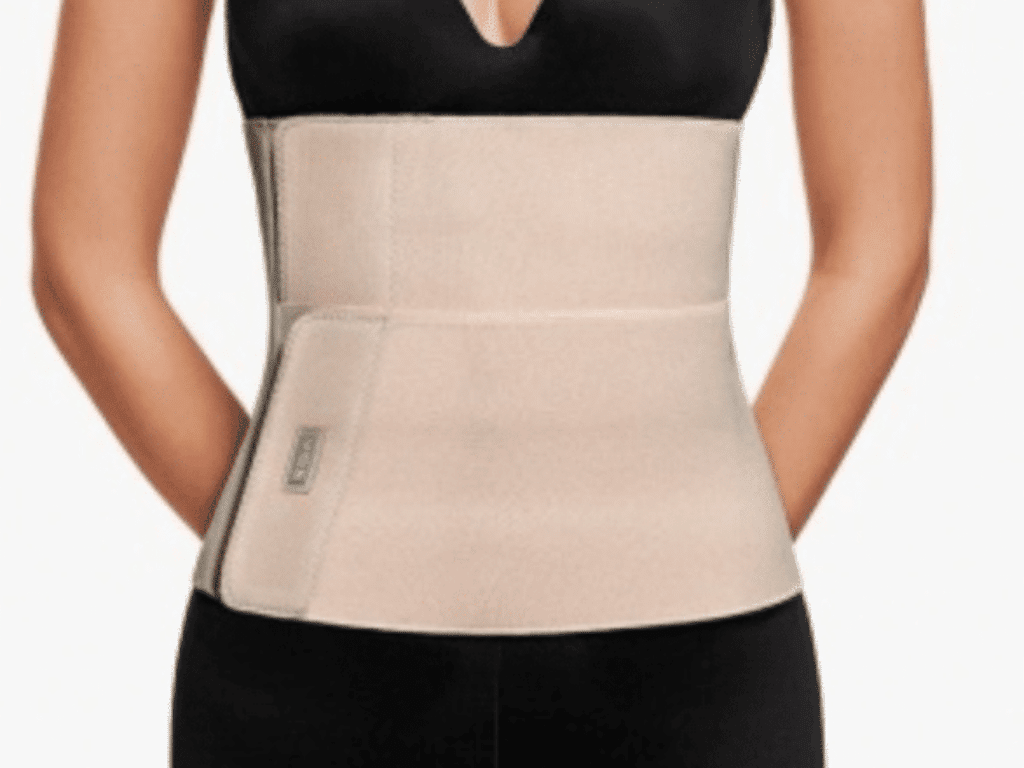
As you get enough rest, you must be in the correct attire. Medically-approved garments reduce wound swelling by applying ** pressure on the healing abdominal area.
The applied pressure also prevents the opening of wounds, reducing the chances of getting infected. Other benefits of wearing a prescribed compression garment include:
- Reduce bruising
- Shaping the lower abdomen
- Ease discomfort
- Promote wound healing
- Reduce swelling after tummy tuck
Dr Beldholm says “Patients should always wear a compression garment four to six weeks after surgery. However, those with complex tummy tuck wounds and scars should have them on for extended periods.” swelling following a traditional tummy tuck is not uniform. It differs based on individual factors and the specific surgical technique applied. The extent of swelling varies among patients.”
It is common for those who have undergone extensive liposuction to experience more pronounced swelling than those who underwent minimal liposuction. Similarly, the amount of skin removed during the surgery plays a crucial role in swelling.
5. Follow A Healthy Diet and Stay Hydrated
Ensure you always have a balanced diet to provide the body with the essential minerals needed for healing. Your diet should always comprise protein-rich foods to aid in scar tissue repairs. Also include foods high in vitamins C and A, iron, and zinc. The idea is to eat **.
Ideally, you can take whole grains, vegetables, and protein. Following surgery, your body operates at an elevated metabolic rate, demanding increased energy intake. To ensure optimal recovery, it is best to maintain a well-balanced diet consisting of all food groups. Opt for wholesome, unprocessed options. Avoid heavily processed and sugar-rich foods for a successful healing journey.
You should also avoid foods high in sugar, fat, and dairy products (for patients with lactose intolerance). This is because these foods tend to cause gastrointestinal discomfort. It is also recommended to reduce sodium intake because too much salt causes bloating. Stomach bloating can cause discomfort in the tummy tuck wound region and affect the wound’s healing process.
Stay hydrated. Water plays a crucial role in wound healing and scarring. After a tummy tuck surgery, blood transports oxygen and essential nutrients to the incision site. If a patient is dehydrated, less oxygen and nutrients get transported, leading to lower wound healing. The more the wound takes to heal, the longer the swelling and the higher the chances of getting infected. This might lead to more complications.
6. Take Prescribed Medication
Swelling and inflammation are normal tummy tuck post-operation side effects. This is why most specialist surgeons prescribe anti-inflammatory medication. Common Over-the-counter anti-inflammatory medicines include aspirin, ibuprofen, and naproxen.
Note that these medications do not work the same way, and taking one without a go-ahead from your surgeon isn’t advisable. Certain medications thin the blood affecting the healing process.
The suitable options to consider after abdominoplasty are those that reduce prostaglandins. Prostaglandins are body chemicals that trigger inflammation. Medicines with this property tend to reduce pain and inflammation but aren’t advisable for long-term use. Patients also risk bleeding the incision wound if they take them too soon after surgery.
This is why it is vital to stick to your prescribed medication. Use What was prescribed to prevent severe complications and reduce swelling after the tummy tuck surgical procedure.
7. Lymphatic Massage
It is a specialised massage with the primary purpose of ** lymphedema. This condition involves the accumulation of lymphatic fluid in specific body regions due to impaired drainage.
The ultimate purpose of lymphatic massage is to ** the flow of lymph fluid, subsequently reducing swelling and fluid buildup.
There are two forms of lymphatic drainage: manual and **. Manual lymphatic drainage necessitates the expertise of a qualified therapist. On the other hand, ** lymphatic drainage is a self-administered technique that individuals can practice in the ** of their homes. Body contouring surgery clinic nurses will show you how to do it.
Follow-Up Appointments
Follow-up appointments are ideal for any patient who has undergone tummy-tuck surgery. This way, the surgeon can examine your progress and identify potential complications. Your surgeon will also advise you on the best care per the current wound status.
For instance, the surgeon might advise you on how to wear your compression garments. The garments aren’t supposed to be too close or too tight.
Ensure that you make these follow-up visits count. Don’t hesitate to ask any questions or concerns you might have. Discuss everything to do with your post-operation surgery with your surgeon without leaving anything out.
Conclusion
Although swelling is normal after a tummy tuck operation, it can cause some discomfort and increase the risk of other complications and infections. The 7-mentioned rules come in handy to help reduce swelling after breast augmentation. These instructions provide the body with the right conditions to promote wound healing and reduce swelling after tummy tuck surgery.
References
- Elkhenany, H., AlOkda, A., El-Badawy, A., & El-Badri, N. (2018). Tissue regeneration: Impact of sleep on stem cell regenerative capacity. Life Sciences, 214, 51–61.
- Vidal, P., Berner, J. E., & Will, P. (2017b). Managing Complications in Abdominoplasty: A Literature review. Archives of Plastic Surgery, 44(05), 457–468.
- Najera, R. M., Asheld, W. J., Sayeed, S. M., & Glickman, L. T. (2011). Comparison of Seroma Formation following Abdominoplasty with or without Liposuction. Plastic and Reconstructive Surgery, 127(1), 417–422.
- Hardy, K. L., Davis, K. E., Constantine, R. S., Chen, M., Hein, R. E., Jewell, J. L., Dirisala, K., Lysikowski, J., Reed, G., & Kenkel, J. M. (2014). The impact of operative time on complications after plastic surgery: a multivariate regression analysis of 1753 cases. Aesthetic Surgery Journal, 34(4), 614–622.
- Rangaswamy, M. (2013). Minimising complications in abdominoplasty: An approach based on the root cause analysis and focused preventive steps. Indian Journal of Plastic Surgery, 46(2), 365.
- Dixit, V., & Wagh, M. S. (2013). Unfavourable outcomes of liposuction and their management. Indian Journal of Plastic Surgery, 46(2), 377.
- Fogacci, T., Cattin, F., Semprini, G., Frisoni, G., Fabiocchi, L., & Samorani, D. (2019). The negative pressure therapy with PICO as a prevention of surgical site infection in high‐risk patients undergoing breast surgery. Breast Journal, 26(5), 1071–1073.
- De Moraes, B. Z. F., Ferreira, L. M., Martins, M. R. C., Rostom, L., De Castro, H. a. S., & Nahas, F. X. (2022). Do compression garments prevent subcutaneous edema after abdominoplasty? Aesthetic Surgery Journal, 43(3), 329–336.
- Kosloski, F. R., Barbosa, M. V. J., Rodrigues, M. A., Martins, M. R. C., Ferreira, L. M., & Nahas, F. X. (2023). Effect of compression garments on the ventilatory function after abdominoplasty. Aesthetic Surgery Journal.
- Bray, G. A., & Ryan, D. H. (2020). Evidence‐based weight loss interventions: Individualized treatment options to maximize patient outcomes. Diabetes, Obesity and Metabolism, 23(S1), 50–62.
- Harris, L., & Darby, P. (2020a). Enhanced Recovery after Abdominoplasty Using Perisurgical Nutritional Supplementation. Plastic and Reconstructive Surgery. Global Open, 8(12), e3314.
- Rangaswamy, M. (2013b). Minimising complications in abdominoplasty: An approach based on the root cause analysis and focused preventive steps. Indian Journal of Plastic Surgery, 46(2), 365.
- Coppa, K., Kim, Y. H., Oppenheim, M., Bock, K., Conigliaro, J., & Hirsch, J. S. (2021). Examination of post-discharge follow-up appointment status and 30-Day readmission. Journal of General Internal Medicine, 36(5), 1214–1221.
